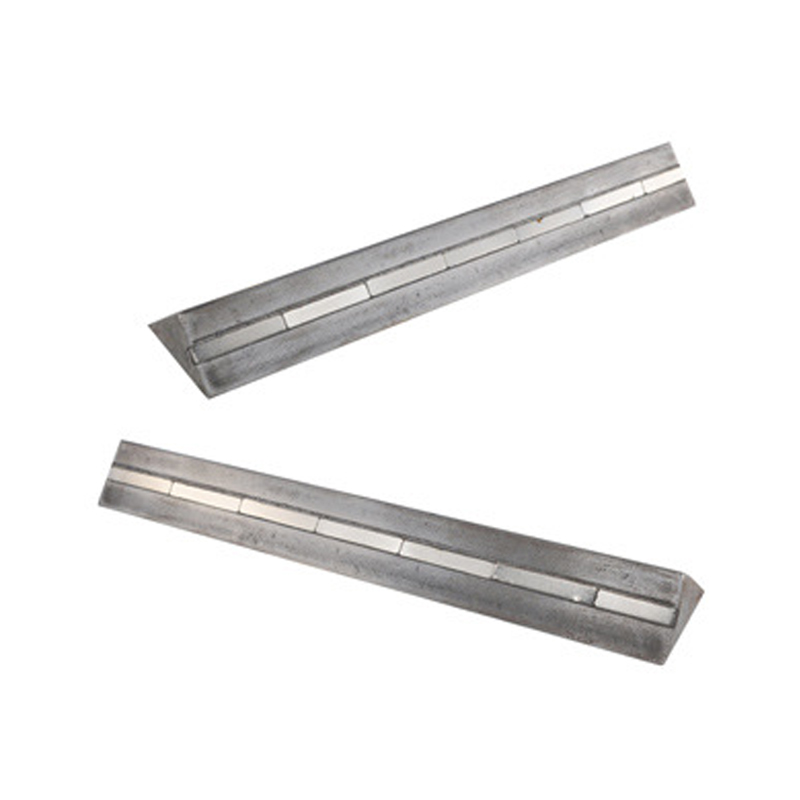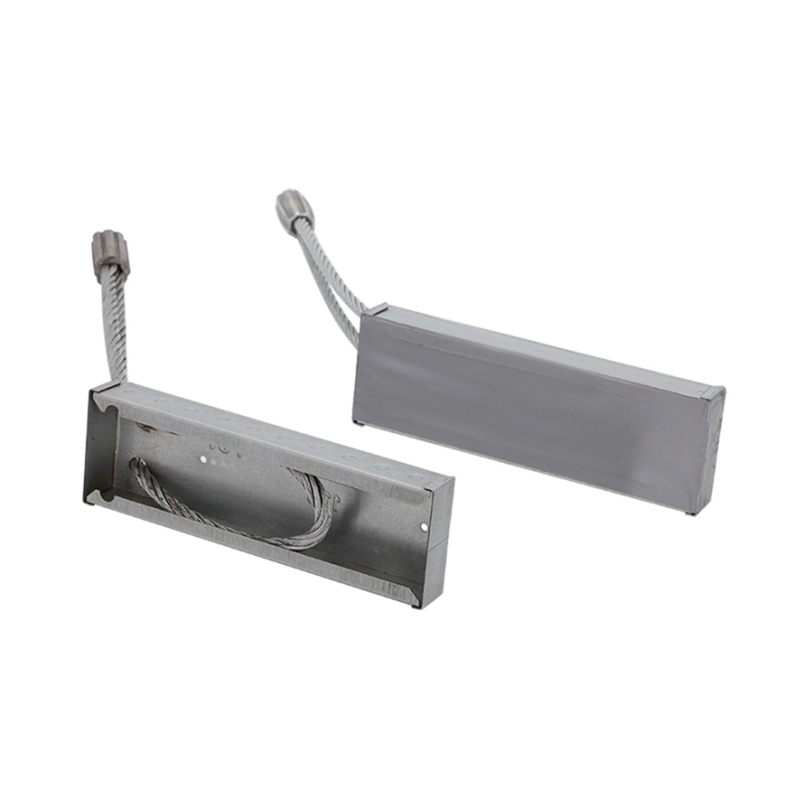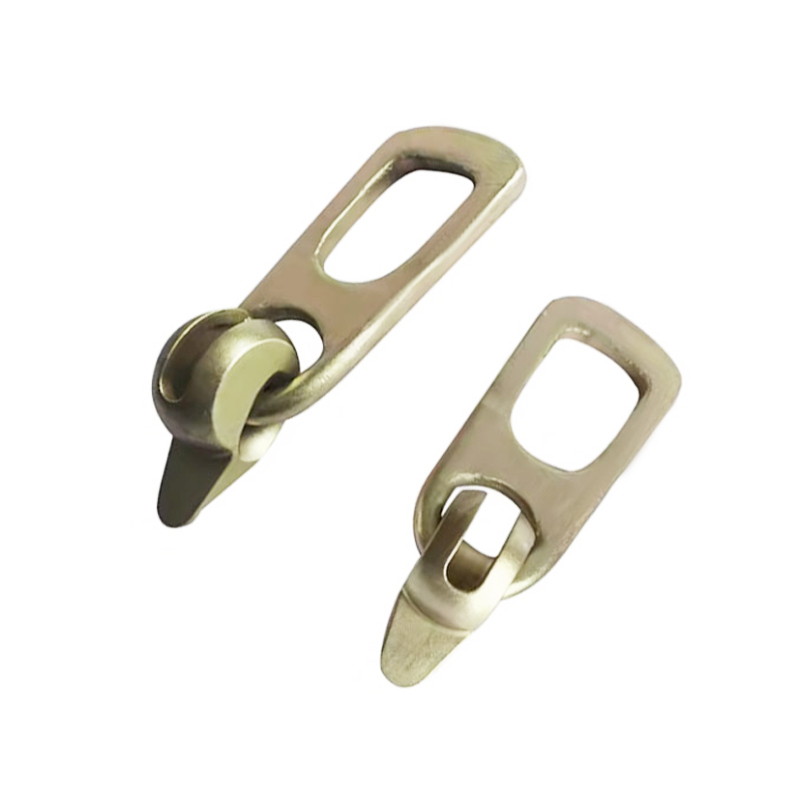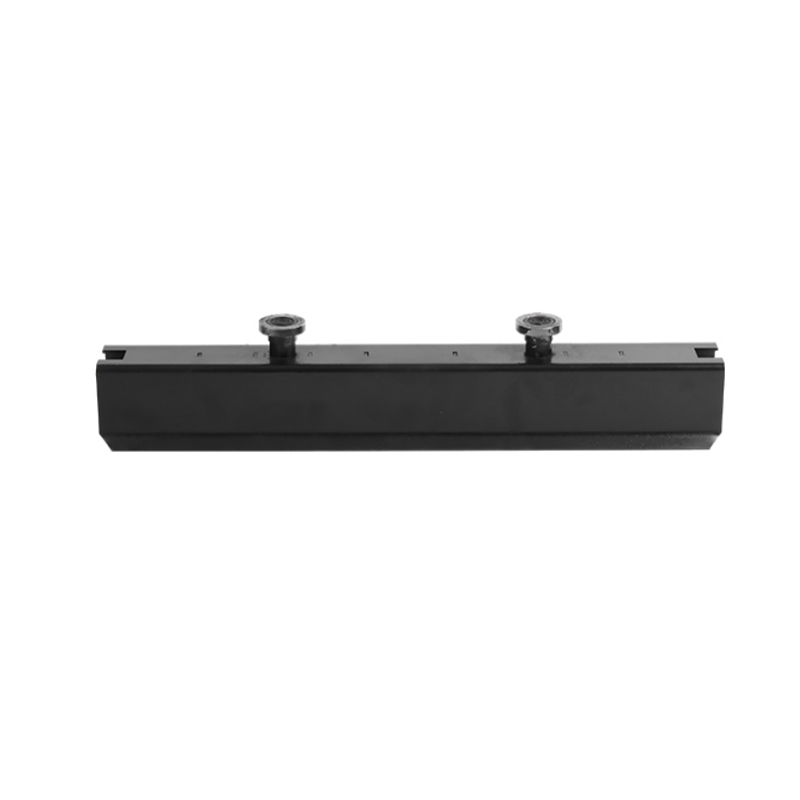| Date/Location | Project/Initiative | Core Innovation | Quantifiable Impact | Verification Source |
| Aug 2025, South Africa | OTEC Seabed Foundations | Coral-inspired pH-resistant concrete bases for floating ocean thermal energy platforms. | 300% longer service life; anchors 20MW platform in Agulhas Current. | SA Dept of Mineral Resources |
| Jul 2025, South Korea | Lunar Regolith Concrete Blocks | Vacuum-cured precast blocks simulating lunar soil properties for space habitats. | 45MPa strength at -150°C; 38% cosmic radiation reduction. | KICT Space Construction Lab |
| Q3 2025, Ghana | Cashew Husk Ash (CHA) Slabs | 25% cement replaced by CHA in affordable housing precast slabs. | 30% cost reduction; radioactivity ≤0.5 Bq/g; thermal insulation ↑22%. | J. Sustainable Cement-Based Mat. |
| Sep 2025, Chile | Copper Tailings Pavers | Pavers with 65% copper mining waste for urban renewal in Antofagasta. | UCS 60MPa; heavy metal leaching 90% below EPA limits; cuts waste costs by $7M/yr. | Chilean Ministry of Mining |
| 2025, Arctic Circle | Anti-Icing Bridge Decks | Microencapsulated salt hydrate (-5°C phase-change) embedded in prefab bridge decks. | Delays ice formation ≥8hrs; de-icing salt use ↓70% (Luleå River Bridge). | Nordic Concrete Federation |
| Oct 2025, UAE | Self-Cooling TiO₂ Facades | Radiative cooling panels integrated with precast concrete for Dubai high-rises. | Surface temp ↓11°C at noon; building cooling load ↓35%. | Emirates GBC Case Study |
| 2025, Australia | Bushfire-Resistant School Modules | Basalt fiber-reinforced walls withstand 1,200°C for 2hrs (NSW rural schools). | Fire Rating Level FRL 240; assembly time ↓50%. | NSW Rural Fire Service Cert. |
| 2025, Saudi Arabia | NEOM Ceramic-Aggregate Elements | 40% desert sand replaced by crushed ceramics in infrastructure components. | UCS 55MPa; reduces aggregate imports by $11M/year. | Nesma Technical Bulletin |
| Q3 2025, Japan | AI-Robotic Seismic Column Install | Taisei Corp's robots with real-time correction for high-seismicity zones. | Alignment errors ≤1.5mm; install speed ↑35%. | Taisei Robotics Lab Report |
| 2025, Philippines | Typhoon-Resistant Housing | Interlocking precast modules resisting 250km/h winds (Eastern Visayas disaster relief). | 10,000 units deployed; 48-hour on-site assembly. | Philippines DSW |
Deep analysis of technological breakthroughs (Key Breakthroughs)
Extreme environmental adaptability
Antarctic OTEC Foundation: Biomimetic concrete resistant to strong ocean current corrosion (pH>10.5), with a service life of up to 60 years.
Lunar simulation block: vacuum curing process achieves a strength of 45MPa in a -150 ° C environment, supporting the construction of extraterrestrial bases.
High value utilization of waste
Copper tailings paving stone: Chilean mining waste conversion, heavy metal leaching amount<0.01ppm (below EPA standard).
Waist fruit shell grey concrete: replacing cement with agricultural waste in West Africa to address concerns about radioactive pollution (Ra-226 ≤ 0.2Bq/g).
Intelligent response materials
Self cooling exterior wall: Titanium dioxide coating reflects 96% of solar radiation, reducing air conditioning energy consumption in desert buildings by 35%.
Anti icing bridge deck: Phase change materials release latent heat at -5 ° C, delaying the freezing of Nordic bridges by 8 hours.
Disaster resilience construction
Wildfire Protection School: Basalt fiber modules withstand high temperatures of 1200 ° C for 2 hours (FRL 240 standard) to ensure emergency shelter.
Typhoon module house: Interlocking structure can withstand strong winds of 250km/h and support rapid resettlement within 48 hours after the disaster in the Philippines.









